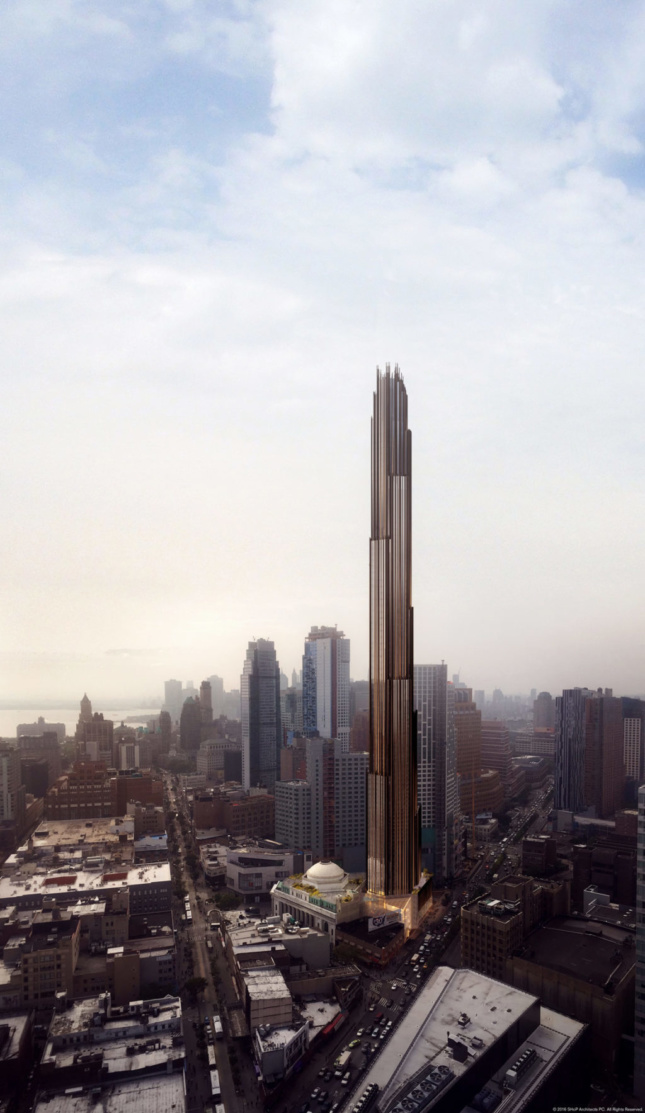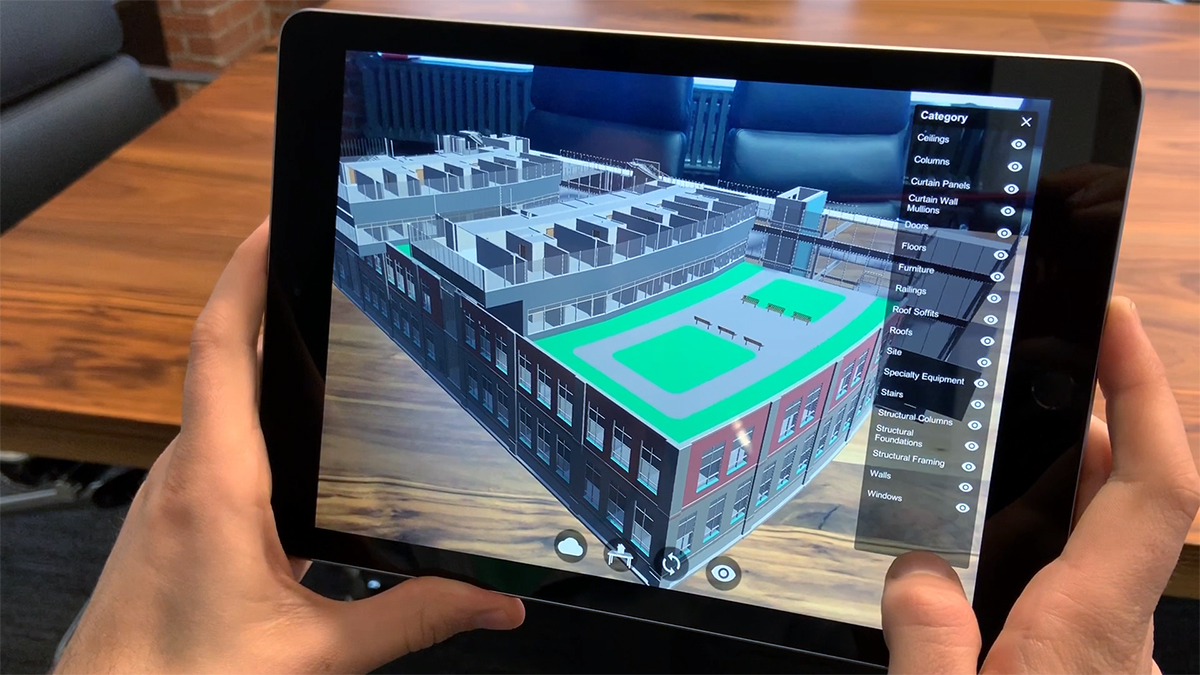Video game software suites like Unreal Engine and Unity have made their way into the architectural arsenal with AEC firms like Skanska, Foster + Partners, and Zaha Hadid Architects using them to visualize and test new buildings. However, these tools weren’t necessarily built with AEC professionals in mind and while they often result in nice-looking environments, they don’t generally offer much in the way of architecture-specific functionality like the ones architectural designers have come to rely upon in BIM and CAD software.
To help bridge this gap, the company behind Unity is testing a new piece of software called Reflect. “Unity Pro is a super powerful tool that people use it for creating design walkthroughs and custom application development,” said Tim McDonough, vice president at Unity, “but these firms have a whole bunch of people that would like to be able to view their Revit data easily in a 3D engine like Unity without having to be a software developer, which is what are our current tools built for.”
Reflect, which will launch publicly this fall, connects with existing software suites like Revit and Trimble to leverage the vast amounts of data that designers and contractors rely upon, and uses it to create new visualizations, simulations, AR, and VR experiences. Users can view and collaborate across BIM software and Reflect, which are synchronized in real-time across multiple devices for both desktop and mobile.
“Users were saying it took them weeks to get data out of Revit into Unity and by the time they got it out, the project had moved on and what was done was irrelevant,’” said McDonough. “We’ve taken out the drudgery so that now what used to take weeks takes just minutes.”
A number of firms have already been putting Reflect to the test. Reflect is open source and allows users to develop their own applications, whether for use in their firm or for a broader architectural public. SHoP Architects has been trying out Reflect since the software entered its Alpha phase this summer, creating various solutions to test on their supertall project at 9 Dekalb Avenue in Brooklyn. Adam Chernick, an associate at SHoP focusing on AR and VR research, noted that while showing off buildings in software like Unity has become part of standard practice, getting those visualizations attached to critical information has been a challenge up until now.
“It hasn’t been super difficult to get the geometry into the game engines,” he said, “but what has been even more difficult is getting that data into the game engines.”
One of the first uses for Reflect that the SHoP team devised was an AR application that allowed them to monitor the progress of 9 Dekalb and easily oversee construction sequencing using color-coded panels that map onto the building’s model in their office. Chernick explained that there was a huge amount of exterior window panels to keep track of and that the app really helped. “We wanted to be able to visualize where we are in the construction process from anywhere—whether in VR or AR, and be able to get a live update of its status,” he said. “Now we can watch the building being constructed in real-time.”

The SHoP team has also leveraged the power of Reflect—and its integration with Unity—to create new visualization tools for acoustic modeling. “We created an immersive acoustic simulator where you get to see how a sound wave expands through space, reflects off of walls, and interacts with geometry,” said Christopher Morse, an associate of interactive visualization at SHoP. “You can slow it down, you can pause it, and you can stop it.”
The idea, he explained, is to help architects make acoustic decisions earlier in the design process.
“Currently a lot of those acoustic decisions come later and most of the geometry is already decided,” Morse said, noting that at a certain point, all designers can really do is add carpeting or acoustic tiling. “But we want to use these tools earlier and in order for that to actually work, we needed to enable an iterative feedback loop so that you can create a design, analyze and evaluate it, and then make changes based on your analysis.”
With Reflect, there’s also no more grueling import and export process, which Morse said prevented designers from even incorporating tools in their workflow. “Once we had Reflect, we integrated it into our existing acoustic visualization software in order to make that round trip quicker so that people can put on the headset, make a change in Revit, and instantly reevaluate based on those changes.”
There is also metadata attached to the geometry, such as material information. While 9 Dekalb is too far along in its construction to incorporate the new software heavily into the design, SHoP’s begun testing out their acoustic modeling app in the lobby of the project.
Reflect could also provide BIM data in more a user-friendly package to more people working on building projects. “We think that BIM is so valuable, but not enough people get to use it,” said McDonough. “We were trying to figure out how to get BIM in the hands of people on a construction site, so everyone can see all that information at a human scale.”
At SHoP, this means creating apps that contractors can use on the job. Currently, their AR apps work on mobile devices, but SHoP hopes that, as AR headsets become more mainstream, they’ll also be able to use the apps on products such as the HoloLens.
“This could be a paradigm shift,” says Chernick. “We realize that this massive, thousand-sheet set of construction documents that we need to create in order to get a building built is not going anywhere soon. But what we can do is help make this process more efficient and help our construction teams understand and potentially build these projects in more efficient ways.”
